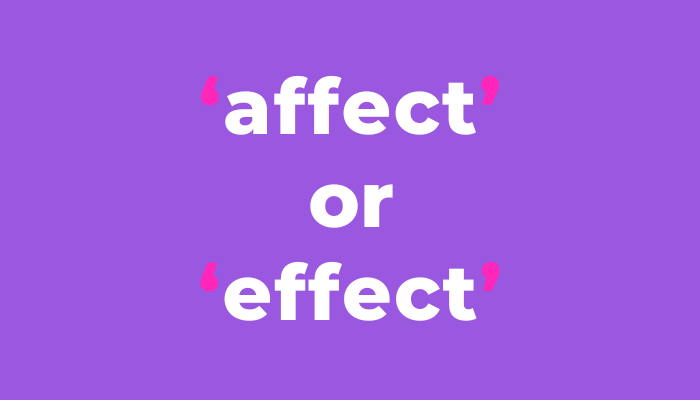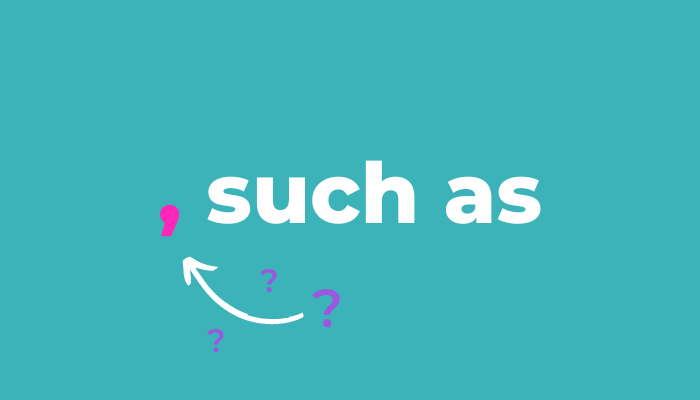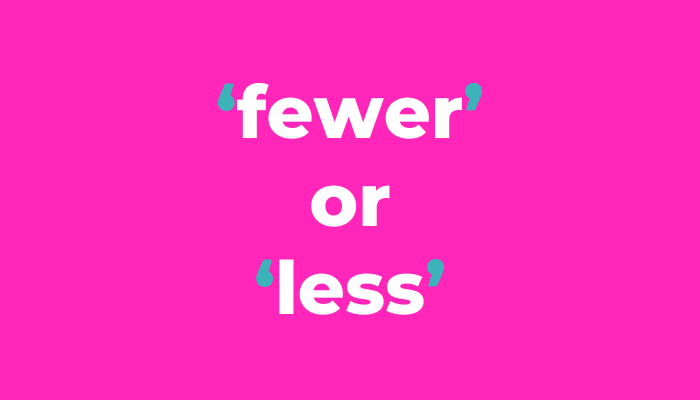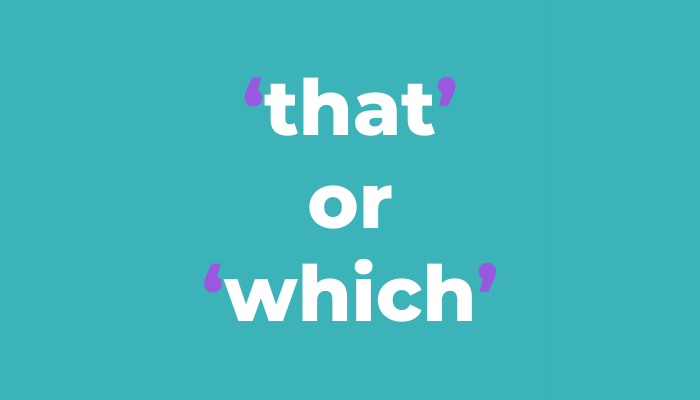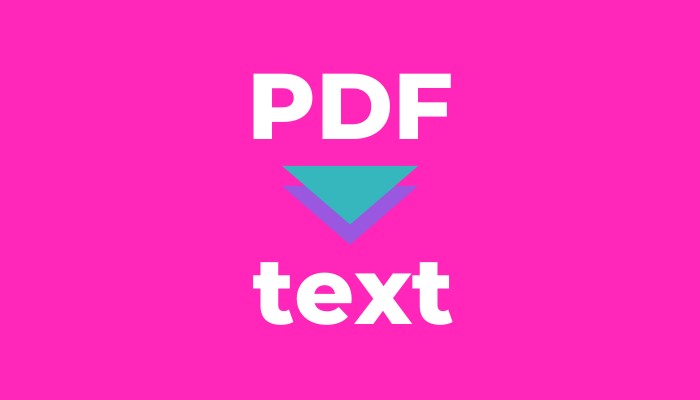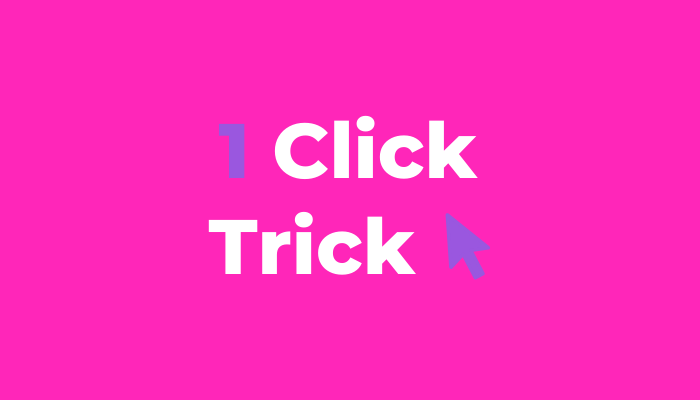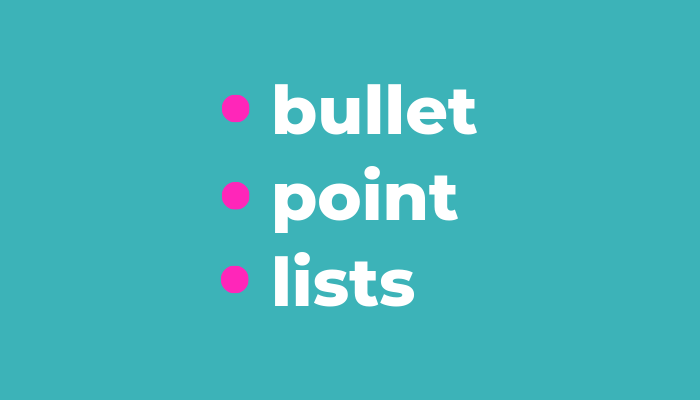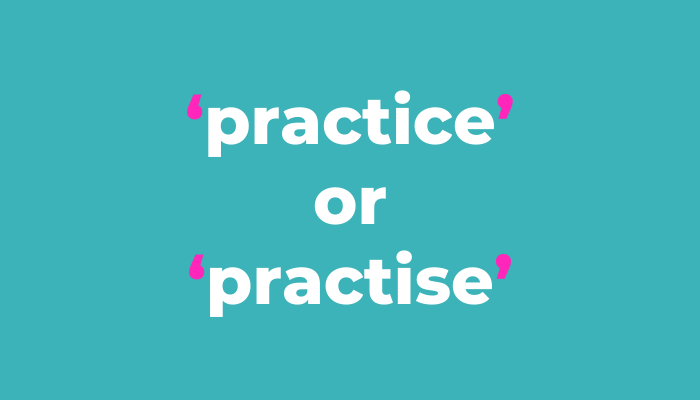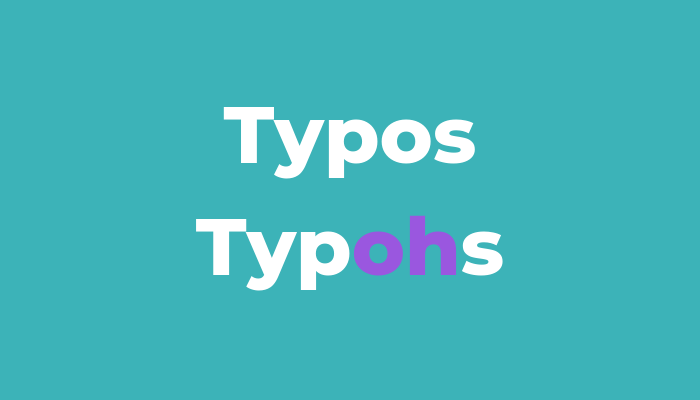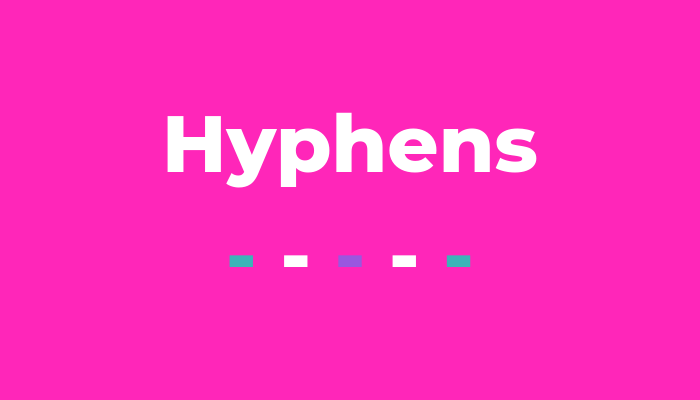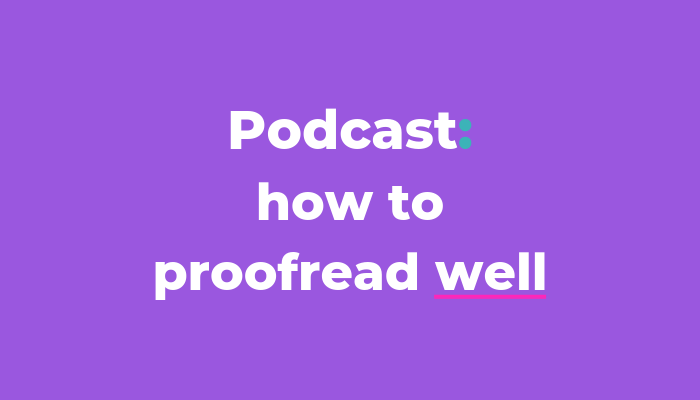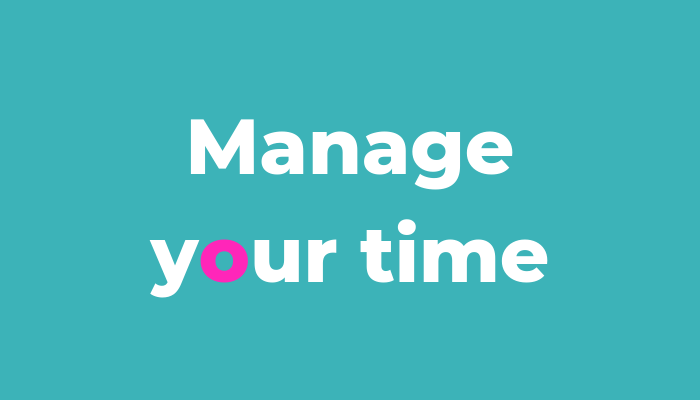Is it ‘that’ or ‘which’?

You’ll find many many blog posts on this question. Because many many of us get our knickers knotted over it. I was once one of those knotted-knicker wearers.
What’s the difference between that and which? And when should you use them?!
I see mistakes and inconsistencies in how they’re used in most content I proof, but other articles tend to make it trickier to understand. So I made my own mnemonic.
If this post helps you remember the difference, crack open the Babycham.
Which one’s that then?
Using that or which simply depends on one thing: is the information that follows it needed to identify the thing you’re writing about?
If it is needed to identify the thing, you can use either that OR which in British English (because we’re awkward like that). To keep it simple, stick to using just that so you have a clear distinction.
If it isn’t needed, then you need to use which and put the information in commas.
THE TEST: If you remove the information that follows that/which and the sentence doesn’t make sense anymore then you need to use that.
Today’s subject is brunch. Let’s try out the different options. Options of that and which, not the brunch menu items. Shame.
Here’s how it works with ‘that’
THAT: Joan’s brunchery that serves breakfast burritos is changing menus soon.
MEANING: It implies that Joan has more than one brunch establishment and the cafe we’re writing about specifically sells breakfast burritos.
IF WE REMOVE THE INFO: We don’t know which cafe it’s referring to. So those brekkie burritos identify the cafe.
Here’s how it works with ‘which’
WHICH: Joan’s brunchery, which serves breakfast burritos, is changing menus soon.
MEANING: Joan’s brunchery is changing menus and I’m casually mentioning those dreamboat burritos. Because those burritos? They. Are. Everything.
IF WE REMOVE THE INFO: There’s no impact on the meaning. We can whip out the which clause as it’s simply an aside. A little juicy extra – like sriracha mayo.
It’s all about the C word. Well, words.
Here’s how I remember which to use…
Which: Has a C in it. And which comes in commas and can be cut out.
That: That’s the one I’m talking about!
Is that the clinking of glasses and a waft of 80s nostalgia…?
I’ve got a few tips for knowing when to use affect/effect, fewer/less, practice/practise and licence/license too.



